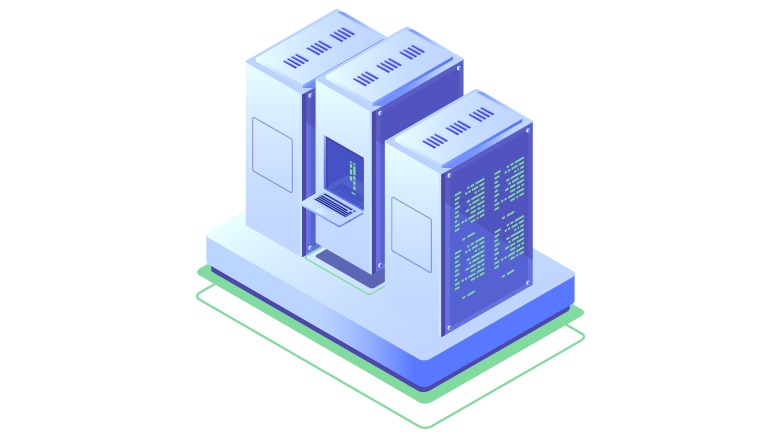Technology
What is IP Spoofing and How to Prevent It?


IP spoofing is the introduction of Internet Protocol (IP) packets that have a modified supply tackle to disguise the sender’s identification, impersonate some other computer system, or both.
Sending and receiving IP packets is a fundamental way networked computer systems and different gadgets communicate and constitute the groundwork of the present-day internet. All IP packets comprise a header that precedes the package’s body and carries necessary routing information, including the supply address. In an everyday pack, the source IP tackle is the tackle of the sender of the packet. If the package has been spoofed, the supply tackle will be forged.
IP Spoofing is analogous to an attacker sending a package deal to anyone with the incorrect return tackle listed. If the individual receiving the bundle needs to stop the sender from sending packages, blockading all bogus tackle programs will do little good, as the return tackle is effortlessly changed.
Relatedly, if the receiver needs to reply to the return address, their response package deal will go someplace different than to the actual sender. This is why it is essential to keep your IP address secure. The potential to spoof the addresses of packets is a core vulnerability exploited by using many DDoS attacks.
DDoS
DDoS (Distributed Denial of Service) attacks will regularly make use of spoofing to overwhelm a goal with site visitors while overlaying the malicious source’s identification, stopping mitigation efforts. If the supply IP address is falsified and always randomized, blocking off malicious requests will become difficult. IP spoofing also makes it hard for regulation enforcement and cyber safety groups to tune down the perpetrator of the attack.
Spoofing is additionally used to masquerade as every other machine so that responses are dispatched to that centered machine instead. Volumetric assaults such as NTP (Network Time Protocol) Amplification and DNS (Domain Name System) amplification make use of this vulnerability. The capacity to regulate the supply IP is inherent to the diagram of TCP/IP, making it an ongoing protection concern.
A version of this method uses thousands of computer systems to ship messages with the equally spoofed supply IP tackle to a significant quantity of recipients. The receiving machines robotically transmit an acknowledgment to the spoofed IP tackle and flood the focused server.
Man-In-The-Middle
Another malicious IP spoofing technique makes use of a “Man-in-the-Middle” assault to interrupt verbal exchange between two computers, alter the packets, and then transmit them barring the unique sender or receiver knowing. Over time, hackers gather a wealth of private data they can use or sell.
In structures that matter to have confidence relationships amongst networked computers, IP spoofing can be used to omit IP address authentication. The thinking at the back of the “castle and moat” protection is simple: Those outdoors the community are regarded as threats, and those inside the citadel are trusted.
Once a hacker breaches the city and makes it inside, it is effortless to discover the system. Considering that vulnerability, secure authentication as a protection approach is being changed with the aid of extra-strong safety approaches, such as these with multi-step authentication.
How To Prevent It
Organizations can undertake measures to end spoofed packets from infiltrating their networks, including:
- Using a community assault blocker.
- Using robust verification techniques for all far-flung access, such as for structures on the agency intranet to stop accepting spoofed packets from an attacker who has already breached every other gadget on the agency network.
- Authenticating IP addresses of inbound IP packets.
- Monitoring networks for abnormal activity.
- Packet filters look at packets as they are transmitted throughout a network. Packet filters are beneficial in IP tackle spoofing assault prevention. They are unbeaten in filtering out and blockading packets with conflicting supply tackle statistics (packets from backyard the community that exhibits supply addresses from inner the city and vice-versa).
- Organizations ought to enhance protocols that count on having confidence relationships as little as possible. It is appreciably simpler for attackers to run spoofing assaults when having confidence relationships are in the area due to the fact that they believe relationships solely use IP addresses for authentication.
- There are many applications on hand that assist groups in observing a spoofing attack. These applications work by using inspecting and certifying statistics earlier than transmitted and blocking off statistics that seem to be spoofed.





 Technology4 weeks ago
Technology4 weeks ago10 Best Generative AI Tools to Scale Your Business in 2024



 Games2 weeks ago
Games2 weeks agoA Brief History of Solitaire: From Cards to Computers



 Model3 weeks ago
Model3 weeks agoKatelyn Ernst: Bio, Age, Lifestyle, Career, Hair & Eye Color, Net Worth



 Technology2 weeks ago
Technology2 weeks agoHow To Enhance Your Learning With Duolingo Podcasts?



 Technology5 days ago
Technology5 days agoThe Website Design Workshop: Crafting User-Centric Sites

You must be logged in to post a comment Login